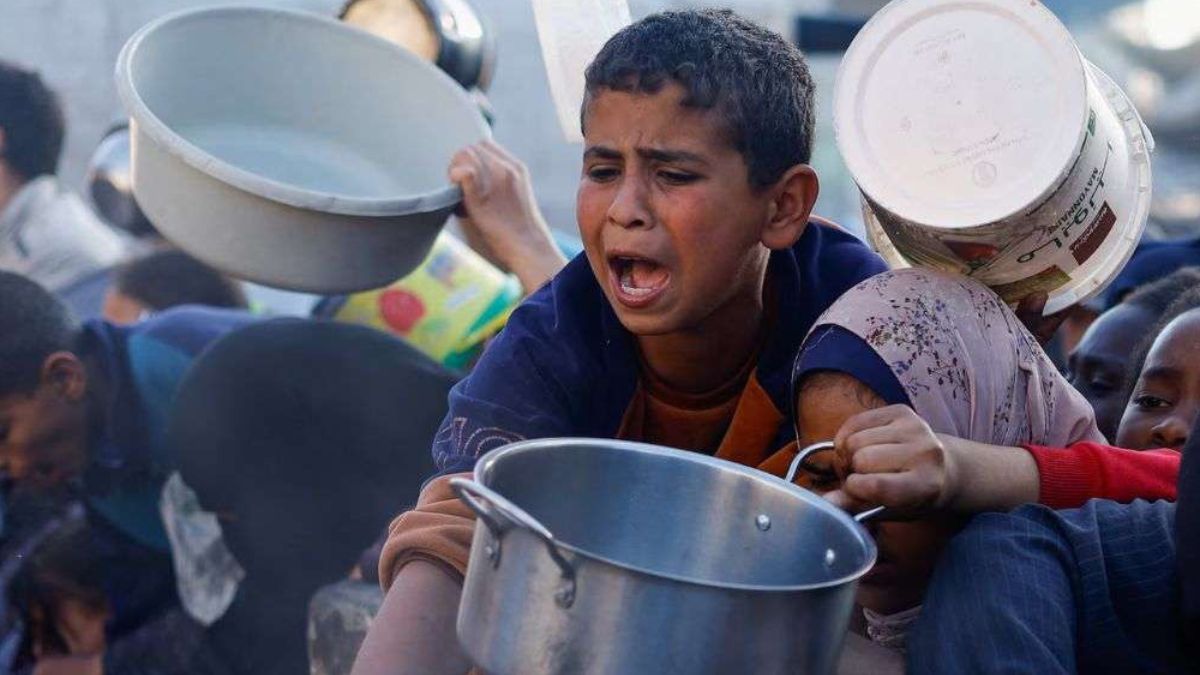According to a U.N.-backed research released on Monday, famine is predicted to strike the northern Gaza Strip between now and May, where 300,000 people are still confined due to conflict.
According to the Integrated Food Security Phase Classification (IPC) report, the number of individuals experiencing “catastrophic hunger” in the Gaza Strip has increased to 1.1 million, or nearly half of the population.
“Famine is now projected and imminent in the North Gaza and Gaza Governorates and is expected to become manifest during the projection period from mid-March 2024 to May 2024,” it said.
Meanwhile, Israeli soldiers conducted a second attack early on Monday on the main hospital in the Gaza Strip, claiming that Hamas terrorists had reassembled there and were firing on them from inside the compound, where tens of thousands of civilians were reportedly seeking refuge, according to Palestinian sources.
The military claimed to have killed an armed Hamas commander who was hiding inside the medical facility, along with one of its own soldiers.
The last time the army attacked Shifa Hospital was in November, they said that Hamas kept a sophisticated command center both within and underneath the building. The military disclosed weaponry they claimed were discovered within the hospital, along with a tunnel that led to many subterranean chambers. However, the facts did not support the earlier assertions, and detractors charged the army of recklessly endangering the lives of civilians.
The most recent results of the World Food Program’s Integrated Food Security Phase Classification, or IPC, an international method for determining the scope of hunger crises, were made public on Monday. Two of its three requirements, the overall scarcity of food and the prevalence of malnutrition, were believed to have likely already been reached by the UN-backed Integrated Food-Security Phase Classification, or IPC, which formally classifies famines.
Impact Shorts
More ShortsThe third criterion, death rates, was not fully covered by the available data. However, it was anticipated that residents in the impacted areas would soon be at a famine-level of starvation and malnutrition, and that this may already be the case for children under four.
(With ageny inputs)


)

)
)
)
)
)
)
)
)



